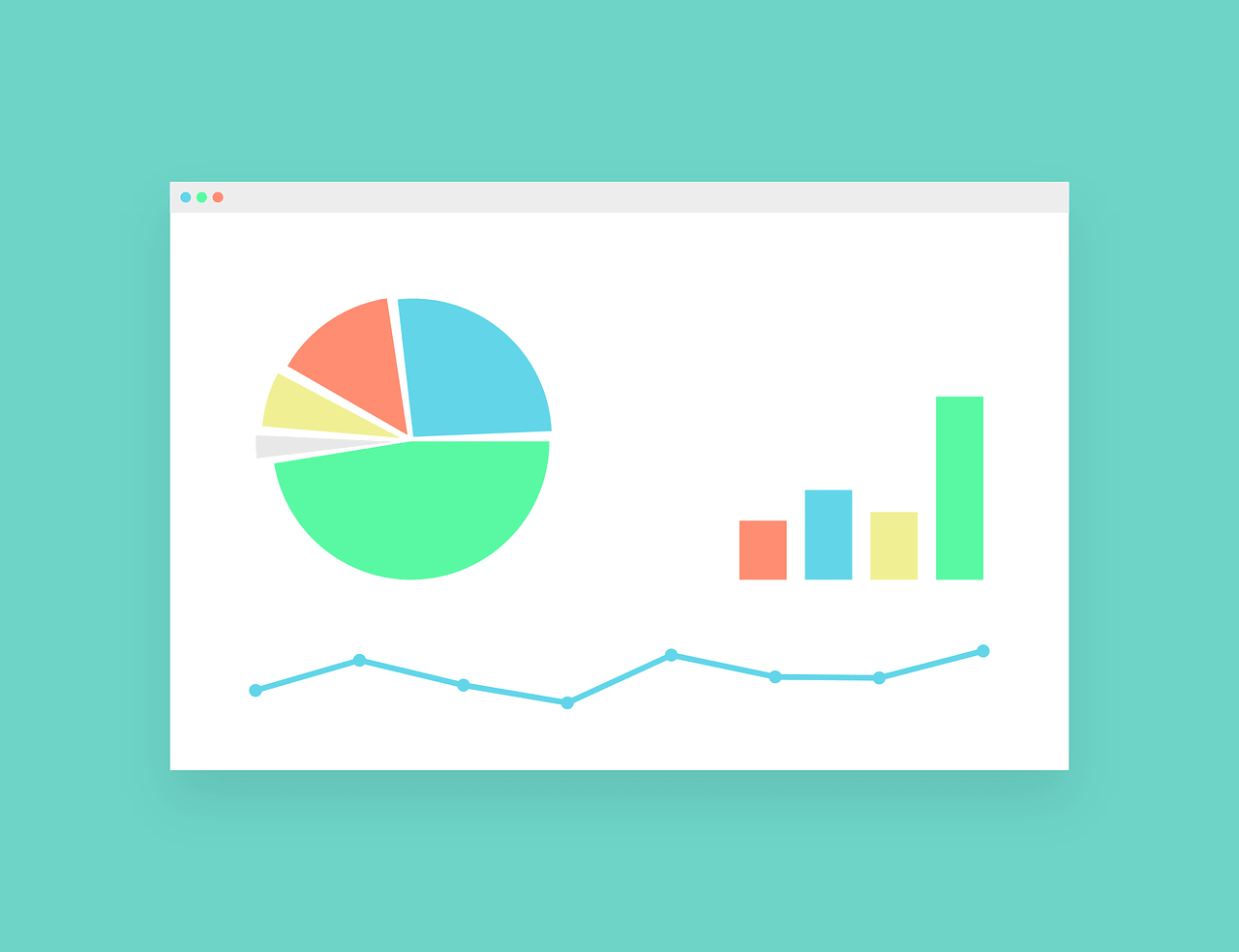A software that manages projects for the public administration? It is no longer an utopia.
The digital revolution is influencing the entire system and it is clear that even the dynamics of running a business have changed significantly, as have those of the public administration.
TABLE OF CONTENT
- The importance of using Project Management software also in public administration
- How to select project management software in the public administration
- 1. Outline the needs of the organization
- 2. Look for the various market options
- 3. Test-Drive and evaluation
- 4. Evaluate software costs
- 5. Implementation of the new project management software
The importance of using Project Management software also in public administration
In both the private and public sectors, it has become crucial to implement a project management software within the system.
The positive effects of having a project management platform that works and fits perfectly into an organization is enormous.
First, a series of basic processes and operations are automated, thus increasing productivity and reducing the risk of human error.
Moreover, project management platforms help to ensure the quality of work.
Last but not least, it is possible to have control of all the costs, budget and timing.
Simply put, project management softwares help achieve goals even within the public administration. The right tool will therefore influence the success of the projects.

How to select project management software in the public administration
There are many types of software for project management, with different functionalities and interfaces, and it is therefore important to be able to understand which one is the right one in each specific situation.
Since every situation is different, there is no software suitable for everyone, especially in the case of public administration, where the needs can be extremely different compared to a private organization.
Here are the steps to follow in order to make sure you make a good decision when navigating the vast market of project management softwares.
1. Outline the needs of the organization
The selection of the right project management software starts with a clear and honest assessment of the needs and requirements of the organization.
First, you need to make sure the team is ready to accept this new solution.
In the Public Administration, in fact, the projects often involve numerous people. It is therefore important to ensure that everyone is on the same page in order to avoid future complications.
It is then necessary to draw up a list of all the necessary functionalities for the project manager and the team, taking considering the goals.
Moreover, the new software should support the current work methodology of the organization, without changing it – or at least not drastically.
2. Look for the various market options
Once all the requirements for the project management software have been outlined, it is time to start searching for the various suppliers on the market.
Probably in the case of the public administration it will also be possible to launch a public competition for the collection of offers.
The more offers you have, the greater will obviously be the possibility of not neglecting any potential platform.
Once all the offers have been collected, the time will come to narrow the selection.
In order to do this, the criteria may vary: price, technology, functionality, graphics, etc.
3. Test-Drive and evaluation
This could be the most difficult part of the whole process.
Here is where you actually go to try out project management platforms – which fit the criteria – to see how much they meet the needs and to proceed to choose the final solution.
The demos show how the product generally works and it is therefore possible to see if the software is really in line with the needs of the organization or not.
At this stage it is important to imitate real processes as much as possible. To this end, all the team members who are going to work with the platform should be involved, their feedback is indeed important. In this step, an accurate assessment is the key.
And let’s not forget about data security, a very important issue for the Public Administration since it deals with sensitive data every day.
It is also important to make sure that the new solution fits the work style, habits and needs.
4. Evaluate software costs
Before making the final decision, it is necessary to consider the costs related to the various offers received. The costs of project management software can vary enormously between one supplier and another.
When evaluating costs, it is a good idea to also consider implementation and adoption costs.
If a solution takes a long time to implement, the advantage it brings could be zero.
We must therefore compare the cost of having that tool with the cost of not having it.
5. Implementation of the new project management software
Once a project management software provider is selected and the contract signed, the process is not finished yet. The time has come to implement the new platform within the office.
The project management software is not just for the project manager, it is for the team.
It is therefore important to draw up a plan that explains how the team will start using the new tool.
It might be a good idea to schedule training sessions, if necessary.
Moreover, you need to make sure that you have all the necessary tools, that the additions are completed, and that all important documents are available within the new platform.
The project manager should not forget be an example for the team by using the new solution as much as possible and answering any questions or concerns about it.
Finally, the project manager must demonstrate the help and support that this new project management software will bring to work in general.
There is no doubt how vast the market is when it comes to project management softwares. The choices and alternatives are indeed numerous.
With these tips however, even the Public Administration will be able to orientate itself and choose the platform that best suits its needs in respect of the good of the citizen, its ultimate goal.




